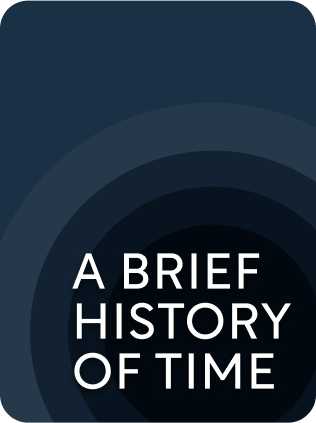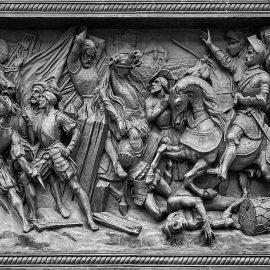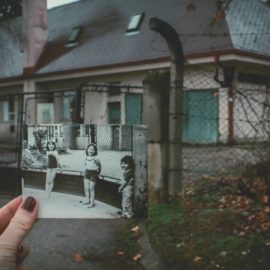

This article is an excerpt from the Shortform book guide to "A Brief History of Time" by Stephen Hawking. Shortform has the world's best summaries and analyses of books you should be reading.
Like this article? Sign up for a free trial here .
What is microwave background radiation? What does cosmic radiation tell us about the universe?
The cosmic microwave background radiation (CMB) is thought to be the remnant radiation from the Big Bang origin of the universe. CMB is basically the evidence that the universe had a beginning, and that this beginning was marked by the Big Bang explosion.
Keep reading to learn about the discovery of the microwave background radiation.
What Is Microwave Background Radiation?
The Russian physicist and mathematician Alexander Friedmann took relativity to the next level. Based on his observations, he made two key assumptions based on his observations: 1) The universe looks identical no matter what direction we look; and 2) The universe would look identical from any direction, regardless of the position in space-time of the observer. If the universe was static and unchanging, such conditions would be highly unlikely—they suggest, instead, a dynamic universe.
Friedmann’s assumptions got a major boost in 1965, when Bell Labs astronomers Arno Penzias and Robert Wilson were conducting experiments with a microwave detector. They found that they were picking up more noise than their calculations predicted that they should—and that it was coming from an unknown source. This noise was the same regardless of where they aimed the detector or the Earth’s position. This could only mean that the sound wave radiation must be from beyond the galaxy.

———End of Preview———
Like what you just read? Read the rest of the world's best book summary and analysis of Stephen Hawking's "A Brief History of Time" at Shortform .
Here's what you'll find in our full A Brief History of Time summary :
- The search for a theory that explains the history and evolution of our universe
- Stephen Hawking's discussions about time, space, dimensions, and quantum theory
- How time travel would theoretically work






